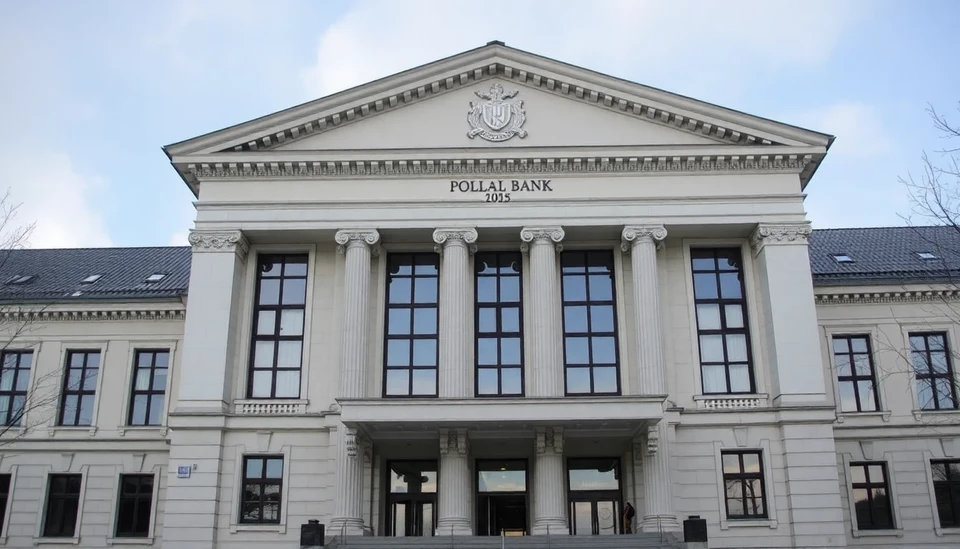
Recent economic data from Poland has shed light on the country's industrial performance and wage growth, providing a strong basis for potential interest rate reductions. The latest statistics reveal that Poland’s industrial output exceeded expectations, leading many analysts to reassess their forecasts regarding the central bank's monetary policy.
In December 2024, industrial production registered a year-on-year increase of 9.8%, a number that outpaced economists' predictions of a mere 7.6% growth. This surge in production is reflective of a broader recovery in the industrial sector, which has been buoyed by a global resurgence in demand for manufactured goods. Key industries contributing to this robust performance include automotive manufacturing and machinery production, both of which have bounced back significantly over the last year.
Moreover, data on wages has also pointed toward improved economic conditions. Average wage growth in Poland for the same month was recorded at 6.9%, surpassing analysts’ expectations of 6.5%. This growth is critical as rising wages often translate into increased consumer spending, further stimulating the economy. The positive wage data is being received well, especially in light of recent inflationary trends that had raised concerns about the purchasing power of Polish households.
Economists suggest that these encouraging figures bolster the case for rate cuts by the National Bank of Poland (NBP). With the Polish economy showing signs of resilience amid an evolving global landscape, policymakers may consider easing monetary policy to support further growth. This strategy aims to maintain a delicate balance between fostering economic activity and managing inflation, which remains a key challenge.
The prevailing sentiment among market analysts is that if the NBP opts for a reduction in rates, it could provide much-needed relief to borrowers and stimulate investment. This move would also be in line with approaches taken by central banks around the world, which have often resorted to lowering interest rates to counteract economic slowdowns.
Overall, the latest industrial output and wage statistics not only reflect Poland's current economic conditions but also set the stage for potential shifts in monetary policy in the near future. As the NBP deliberates the factors influencing a favorable environment for rate cuts, both businesses and consumers remain attentive to how these developments might affect their fiscal landscapes moving forward.
In conclusion, the positive industrial and wage data coming from Poland holds significant implications for economic policy, and stakeholders will be keenly observing the decisions made by the central bank in the coming months.
#Poland #Economy #IndustrialOutput #RateCuts #WageGrowth #NationalBankofPoland #EconomicPolicy
Author: Laura Mitchell




